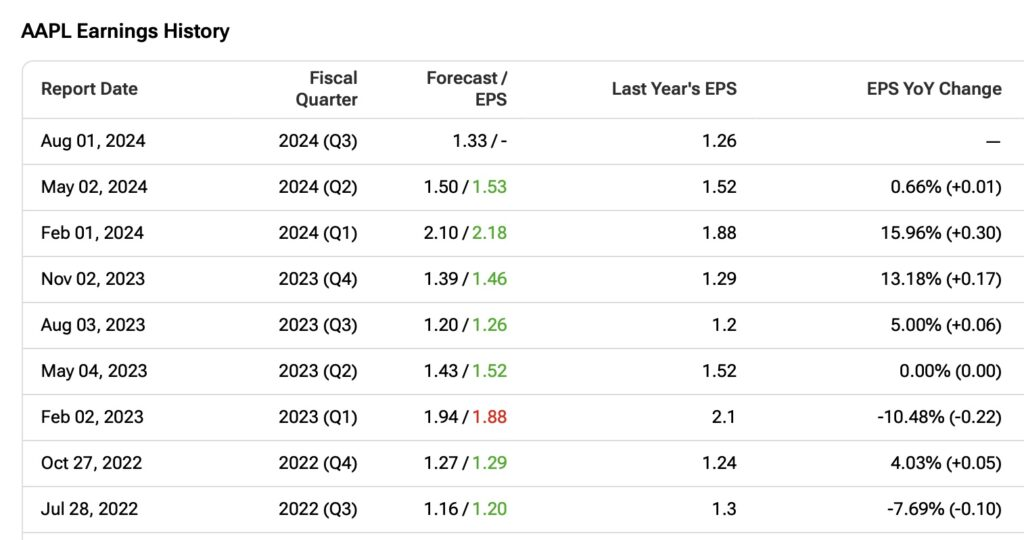However, even if Apple meets these numbers, they will represent modest annual top and bottom line increases of 2.7% and 5.6%, respectively. I believe this consensus is already loaded with skepticism about Apple delivering a modest June quarter in terms of performance.
Apple has been slipping with underperforming iPhone net sales for the past three quarters. In Fiscal Q2, year-over-year comparisons showed a roughly 10% drop in iPhone revenues as well as in the Wearables, Home and Accessories segment. iPad sales also fell dramatically by 17%. If it hadn’t been for the Services segment, which reached a record $23.8 billion in revenue for 14% growth, last quarter would have been even more tragic.
If there are any positive surprises expected in Apple’s Fiscal Q3 that could deviate from the current trend, they are likely linked to the performance of the Services segment. Investors should closely monitor this segment because it’s crucial for sustaining Apple’s growth, especially with the new iPhone “supercycle,” powered by AI, rolling out.
The seamless integration within Apple’s ecosystem has been key to the segment’s strong performance. This business often uses a subscription model, effectively capturing future revenues and adding predictability to Apple’s financials.
Thus, the Cupertino company managed to report gross margins of almost 75% in this segment, while products had a gross margin of 36% last quarter. The increased representation of Services also contributed to Apple maintaining strong operating income, reaching $27.9 billion, slightly higher than the LSEG consensus of $27.6 billion. This was not only due to increased revenue but also to a margin that exceeded expectations by 10 basis points.

